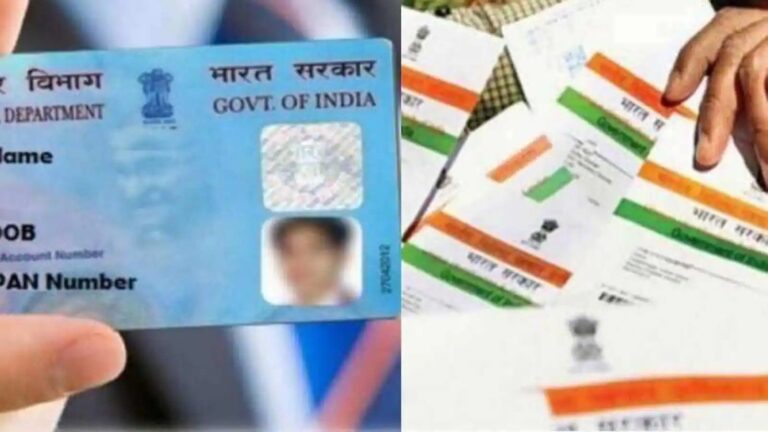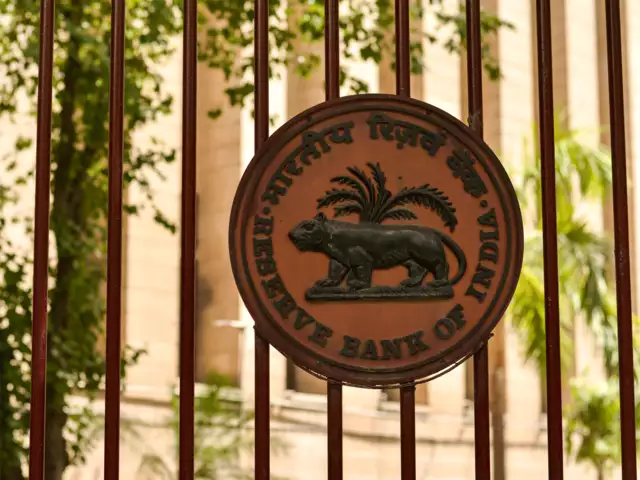How Can NRIs Invest in Government Bonds and T-bills?

Investing in government securities in India has become incredibly convenient for non-resident Indians (NRIs) due to the introduction of the Reserve Bank of India’s (RBI) retail direct platform. This platform, which was launched two years ago, offers a range of benefits including zero brokerage charges, commissions, annual maintenance fees, and account opening fees. NRIs can now easily invest in various financial instruments such as government securities (G-Secs), state development loans (SDLs), and treasury bills (T-bills). However, it’s important to note that NRIs are not eligible to invest in sovereign gold bonds (SGBs) and floating rate bonds through this particular platform.
According to Leena Chacko, a Partner at Cyril Amarchand Mangaldas, NRIs and Overseas Citizens of India (OCIs) can directly invest in primary market instruments like G-Secs, SDLs, and T-bills under the guidelines of the Foreign Exchange and Management Act, 1999. Additionally, NRIs and OCIs can easily trade these instruments in the secondary markets using an RBI retail direct account.
One noteworthy feature of this platform is the “Fully Accessible Route (FAR) regulations,” which allows non-resident Indian retail investors to invest without any specific limit, as shared by Mukesh Chand, Senior Counsel at Economic Laws Practice, another reputable law firm.
Also Read: How can NRIs open an RBI Retail Direct Account? (Step-by Step Method)
Contents
How to Open an RBI Retail Direct Account as an NRI To Invest in Government Bonds and T-Bills? (Step-by-Step Method)
To open an RBI retail direct account, NRIs must meet certain requirements and follow a step-by-step process. Here’s a detailed guide:
Requirements:
- An Indian mobile number (linked with Aadhaar if the NRI is not on the central KYC (CKYC) registry)
- An NRO (non-resident ordinary) savings bank account with UPI/net banking facility
- PAN (Permanent Account Number)
- A cancelled check of the NRO bank account
- A scanned copy of the signature
Step-by-Step Guide:
Step 1: Visit the official RBI retail direct account registration page (https://rbiretaildirect.in/#/rdg-account-registration) and provide the required details, including account type (single/joint), full name (as per PAN card), email ID, mobile number, PAN, date of birth, and a login name for accessing the website post-registration. After entering your mobile number and email ID, click on “Generate OTP” and input the OTP in the designated space. Then, click on the “Preview” button.
Step 2: Review the details on the next web page. If everything is correct, click “Submit.”
Step 3: Upon submission, the page will display your application number for the RBI retail direct account opening process. Click on “Initiate KYC Process.” The RBI will send login credentials via email once the KYC process is completed.
Step 4: Clicking on “Initiate KYC Process” will lead you to a new web page called “E-KYC Portal.” Click on the “Start” button.
Step 5: You’ll have two options: “Proceed with CKYC” and “Proceed with offline KYC.” If you’re already on the CKYC registry, select the first option. Otherwise, opt for the offline KYC option. Click “Next” after making your choice.
Step 6: If you’re proceeding with CKYC, input your CKYC number and verify the details. Once verified, the KYC process is complete. If you haven’t undergone CKYC or it’s not functioning, choose the offline KYC process. This will require you to upload scanned copies of your PAN. Click “Proceed” after uploading the necessary documents.
Step 7: The page will now request your Aadhaar details. Provide consent for the RBI to use your Aadhaar data for KYC purposes (the data is not stored). Click “Next.”
Step 8: You’ll be asked to upload your offline Aadhaar KYC file, which can be downloaded from the Unique Identification Authority of India (UIDAI) portal. Upload the file and click “Search Details.”
Step 9: The page will display the details captured by the RBI from the uploaded offline Aadhaar eKYC file. Verify the information and click “Next.” You’ll be prompted to provide additional personal details, which you should fill in and submit.
Step 10: Fill out the “Tax Residency Details” section and submit it.
Step 11: Provide consent to comply with the Prevention of Money Laundering Act (PMLA) and FATCA guidelines.
Step 12: Upload a scanned copy of your signature on a white paper in PDF or JPEG format and click “Next.”
Step 13: Select your bank account from a drop-down menu on the “List of Approved Banks” page and click “Submit.” You can add bank details later, but investments can only be made once your bank details are added. Click “Next” after adding your bank.
Step 14: Provide details of your nominee and click “Next.”
Step 15: The final step involves video KYC. Follow the instructions provided, ensure you are in a well-lit room, have your PAN card ready, and click on “Get Started.” An RBI-authorized KYC agent will ask you questions during banking hours, and the screen will display your position in the queue. If necessary, you can reschedule the video call up to 3 days in advance.
After completing the KYC process, the RBI will activate your retail direct account and email your login credentials. You’ll need to log in using these credentials and change your password upon logging in.
With the RBI’s retail direct platform, NRIs can easily invest in government bonds and T-bills, providing a hassle-free way to participate in India’s financial markets. The platform’s user-friendly interface and the step-by-step registration process make it a convenient option for NRIs seeking to diversify their investment portfolios.





